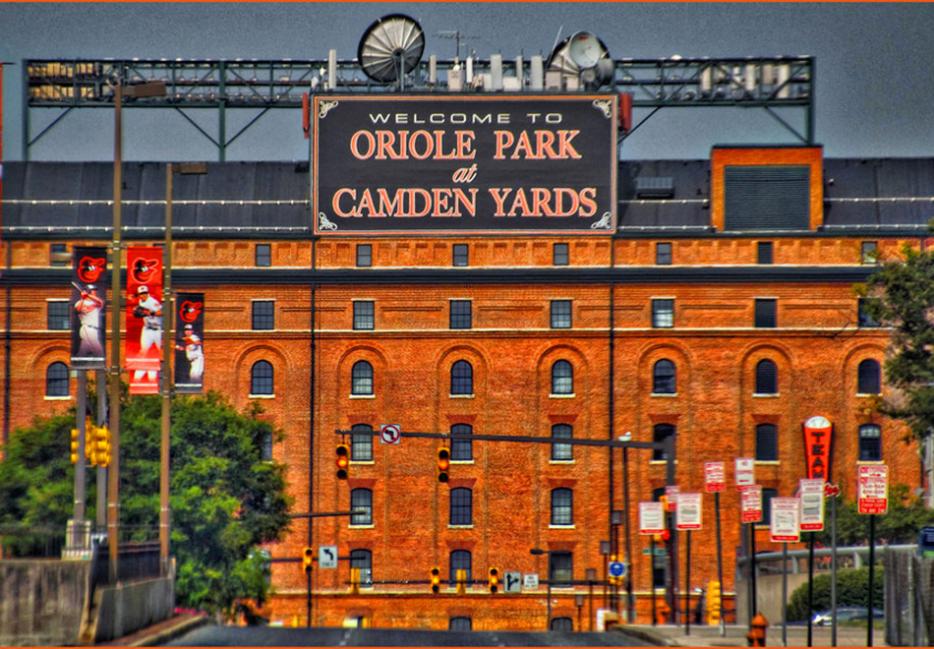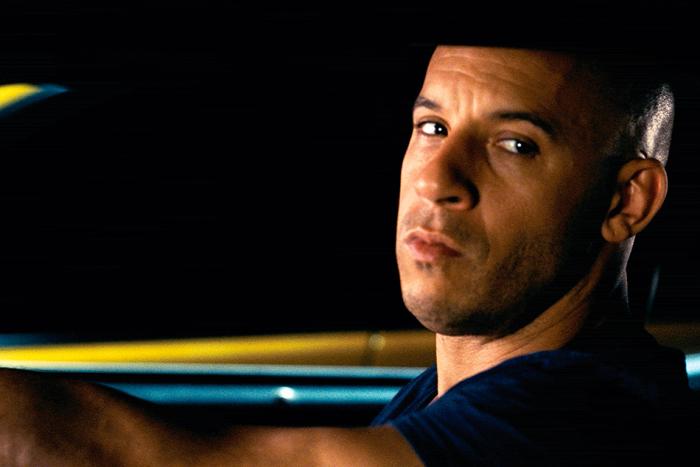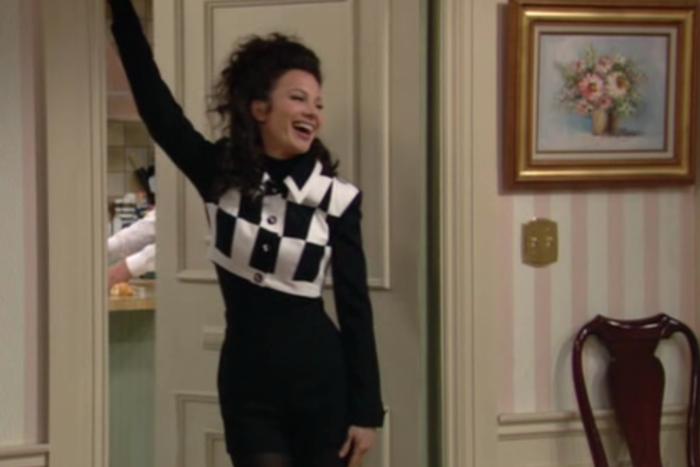Paint the Corners is a monthly column about baseball.
President Trump could have delivered his denunciation of the Paris Climate Accord a few weeks back in starker White House environs befitting his grim, paranoid tone—the Treaty Room, the Oval Office, the main floor of the residence—but no. It was a beautiful day, so he went with the Rose Garden, 7,500 square feet of geometric horticulture and lovingly tended grass. Standing amid chalk-white columns and a cocktail jazz band, Trump repeated the dreary conservative recitation of who’s exploiting us, who’s profiting unfairly off of us, who’s getting a free ride on our straining backs. “We don't want other leaders and other countries laughing at us anymore,” he explained. “And they won't be. They won't be. I was elected to represent the citizens of Pittsburgh, not Paris.” Notably, this headline-ready phrase had nothing to do with climate or the economy, Trump’s ostensible justifications for leaving the accord. Instead, this was Trump proudly declaring his tribal close-mindedness. There is no global community. A man cannot care for two cities at once. All interactions are zero-sum. Stop laughing at us.
The mayor of Pittsburgh quickly leapt in to defend his city against this cynical exploitation, noting, along with many others, that Steel City hasn’t been a steel town for decades. It employs tens of thousands of people in world-class research universities, art museums, and alternative energy companies. In 2016, Clinton outperformed Obama’s margin of victory in Allegheny County. And since this is baseball season, it’s worth pointing out that the Pirates, who have wallowed near the bottom of the NL Central all summer, are nevertheless modeling the worldly, boundary-less future of the game more than most teams.
In one week in late April, the Bucs improbably called up the first Lithuanian player and the first African-born player in Major League Baseball history. Dovydas Neverauskas pitched the final two innings of a blowout loss to the Cubs, giving up one run of the 14 that the Pirates surrendered that evening. As described by Pirates beat writer Stephen J. Nesbitt, this unremarkable performance was the culmination of thirty years of family history. Neverauskas’ father grew up behind the Iron Curtain in Vilnius, playing on the first Soviet baseball teams that were formed in the late ’80s in anticipation of the game’s Olympic debut in 1992. He knew absolutely nothing about the sport prior to reading a translated rule book in his local library. “For balls, they filled (and refilled) tennis balls with water,” writes Nesbitt. “For bats, they grabbed anything made of wood. For mitts, they employed a few hockey goalie gloves.” Neverauskas eventually bought real equipment from Cubans who were playing in St. Petersburg, then played for a few years in Moscow himself before becoming a coach.
Dovydas went with his father to America when the older man coached summer teams. He saw his first MLB games in Oakland, then played in the 2008 and 2009 MLB European Academies in Italy, part of professional baseball’s concerted effort to explore the talent bases outside the Americas. Once drafted, he traveled the typical minor leaguer’s tour of tucked-away American outposts, playing for Pirates affiliates in Bradenton, Altoona, and Indianapolis.
In the latter, playing for the Triple-A Indians, he was teammates with Gift Ngoepe, a twenty-seven-year-old infielder who grew up next to a baseball field in suburban Johannesburg. Ngoepe’s mother worked for the team, and their home, in Ngoepe’s telling, “was very small—almost like the size of a big closet here in America—but it was home. The kitchen was in that room. As was the living room. It wasn’t big enough to divide up into separate living spaces. It was all just one room, and we had a mattress on the floor.”
Ngoepe was in Italy in 2008 as well, where he received transformative fielding instruction from legendary shortstop Barry Larkin. He was signed to the Pirates by Tom Randolph, the same international scout who signed Neverauskas.
In Pittsburgh, Ngoepe and Neverauskas joined a team with a higher than average number of Venezuelans, all of whom were anxiously following the deadly famine and unrest in their home country and struggling to formulate a response. In mid-May, catcher Francisco Cervelli took the field with “S.O.S. VENEZUELA” scrawled in white on his eye black, a uniquely forthright gesture in a sport that tries mightily to ignore politics altogether. In collaboration with the Brewers’ Hernan Perez, Cervelli brought most of MLB’s seventy Venezuelan players together in solidarity to plead on social media for the violence to end. His own Spanish-language Instagram video, featuring thirteen players, has been viewed nearly 40,000 times.
These aren’t political statements per se, just human displays of empathy and concern. But that’s enough to make headlines in MLB, and enough to sit comfortably in the tradition of socially conscious Pittsburgh baseball players. The largest figure in Pirates lore is Roberto Clemente, a pioneering Latin American ballplayer and the man for whom Major League Baseball’s humanitarian awards are named. This is also the team of Dock Ellis, the renegade black pitcher whose blunt talk about race during the ’60s and ’70s drew comparisons to Muhammad Ali. It is also currently the team of outfielder Andrew McCutchen, previous winner of a Clemente Award and attentive steward of the Make-a-Wish foundation, who has been more willing than most to speak out about the racial and economic disparities at work in baseball’s wider youth and recruiting structures.
As a business, Major League Baseball recognizes and supports this kind of global-mindedness. They happily shared the news that Opening Day 2017 featured the largest number of foreign-born active players in the sport’s history, and reporter Jon Heyman has heard rumors of a forthcoming expansion into Mexico. Once Neverauskas made his Pittsburgh debut, commissioner Rob Manfred traveled to the city to take in a game and tell reporters, “When you have one of your athletes playing… that’s the best way to grow the game in that foreign country.” In baseball, too, Pittsburgh deserves more than catch-phrase infamy.
*
Sadly, few teams are less rewarding to watch than the 2017 Pirates. They arrived in Baltimore in early June, by this point lacking both Ngoepe and Neverauskas, who had been sent back to Indianapolis. On each night of a two-game series against the Orioles, they gave up early leads and lost by extra-inning walk-offs. My Orioles have fallen far from a commanding first month of the season, having drifted in and out of last place in the AL East within the previous two weeks, but they looked like warriors beside the wobbly Bucs: they hit six home runs in two nights and ended each game under a celebratory spray of water around home plate.
I was there on the second night, a cool Wednesday following a stretch of warm days. Rain threatened all afternoon, though the sky was bright and gorgeous by first pitch. But certainly those midday clouds, the relatively low temperatures, and the prospect of a weeknight interleague contest against a cellar-dwelling team kept many people away. There were huge swaths of unoccupied seats, especially in the upper deck.
Oriole Park at Camden Yards opened twenty-five years ago, when I was younger than my fourth-grader is now. I suspect I’ve seen more than 100 games there over the years, including plenty that were even more sparsely attended than this no-stakes contest. For almost half my life, from 1997 to 2012, the Orioles were hapless and, frankly, depressing to follow. There were whole years when the upper reaches of Camden Yards were a good place to get some undisturbed reading done. The stadium, a palace of ivy, red brick, and forest green accents that buried the ’80s tendency towards multi-sport colosseums and fake-grass domes, felt like a blemish by the highway. Ten years ago, the summer I moved back to the city after college, the Orioles endured a historically lopsided drubbing by the Texas Rangers: 30-3, a damn football score. And if I made a list of the most demoralizing days of that fifteen-year journey in the wilderness, that might not even make the top five.
Nevertheless, Camden Yards is the closest thing I have to a favorite place in the world. Nowhere makes me happier to enter. Nowhere makes time stop in quite the same way. For one, not all the memories are bad. Despite the fact that the park has hosted a sub-.500 team for more than half of its existence, it is still a baseball stadium, meaning that glory can spring up at random. A poll of the greatest games in its first two decades included everything from come-from-behind late-season victories to Eddie Murray’s 500th home run and the overwrought, astounding 2,131 game. I was there the night before, when Cal Ripken, Jr. tied Lou Gehrig’s consecutive-games record, just as I was in 2012, at the first Baltimore playoff game in fifteen years. The communal mania of a historic baseball game is one of the great experiences available to human beings, and Camden Yards is a venue that does justice to it.
When the Polo Grounds closed in 1963, Roger Angell likened that creaking, crowded icon to a New York neighborhood of its own, and the same is true of any decent baseball stadium. Certainly Oriole Park is the most diverse of Baltimore’s many neighborhoods; I have shared luxury boxes with tie-wearing lawyers and I have sat in the upper deck next to shirtless dirtbags from distant rural Maryland counties. I have bought beer for white female elementary school teachers from Gettysburg and hugged an older black gentleman whose final construction job involved pouring cement for Oriole Park itself. Baltimore is a direly segregated place, racially and economically, but in Camden Yards you can walk among the full range of humanity and the full range of people who root for this city, even if only under the guise of black and orange.
For the game against the Pirates, my two friends and I started in the upper deck behind home plate. The crowd being so sparse, we moved down through the lower concourse to left field, a prime home-run-catching spot. We caught nothing, alas, and as the game dragged on and the Orioles fell farther behind, we moved toward the visiting dugout on the third base line.
From this vantage, close enough to the field to hear the slap of fastballs against the catchers’ mitts, we watched the Orioles mount a comeback in two movements, both of which were animated by rookie outfielder Trey Mancini. First, Manicini stepped in as a pinch-hitter in the ninth inning and launched a two-run, game-tying homer into right-center. In the eleventh inning, he hit the three-run rocket that sent the few remaining witnesses into a grateful tizzy. No fates were changed that night, but Mancini’s feat was only the eighth time ever that a pinch-hitter has hit two home runs for five RBI—exactly the kind of unforeseen minor statistical miracle that you hope to see anytime you watch this game.
A midseason baseball stadium, at least one as beautiful as Oriole Park at Camden Yards, offers a glimpse of earthly utopia: the pristine grass, the dewy night air, the instant, temporary camaraderie of people screaming and eating overpriced food in matching colors. Even the field itself, so doted upon and photogenically lit, is Edenic, a vision of what the world might look like if only we cared for it properly. Watching this year’s Pirates play in Baltimore, I felt I was getting a glimpse of a better, saner civilization: people from all corners of the earth working together, focusing on the task at hand while keeping a concerned eye on the crises brewing at the periphery. In this world, the grass is beautiful and the unlikeliest people are capable of heroism in the unlikeliest moments.
That’s a tidy fantasy, but so is a Rose Garden party to celebrate one’s own ignorant rejection of the wider universe. And as far as fantasies go, I choose the utopian one. I choose the delusion that uniformed men can come together and delivery history all summer long. I reject fear. I choose baseball.






